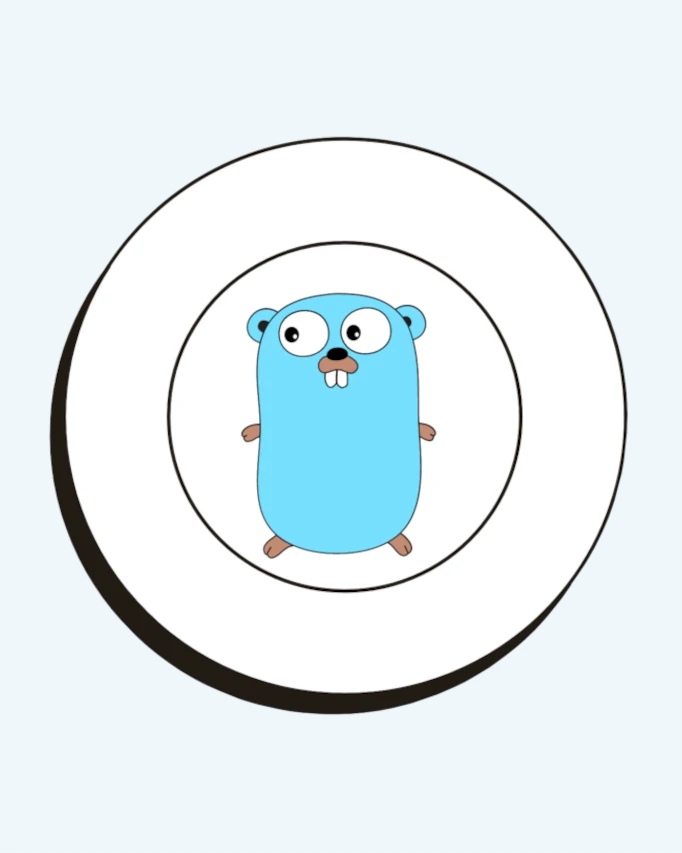Go (or Golang) is a popular programming language that was created by Google in 2007. Its popularity has been rising in recent years, mainly because of its simplicity and efficiency in developing high-performance applications. Go is particularly well-suited for developing software for robotics, drones, and the Internet of Things (IoT). This article will explore the Golang framework for robotics, drones, and IoT, and how it is being used to revolutionize these industries.
What is a framework?
A framework is a collection of pre-written code that is designed to help developers build applications more efficiently. Frameworks are particularly useful in robotics, drones, and IoT, where developers must often work with complex hardware and software systems.
Why use Golang for robotics, drones, and IoT?
Golang has several features that make it an excellent choice for developing software for robotics, drones, and IoT. These include:
- Simplicity: Go has a simple syntax that is easy to learn and use, even for beginners.
- Efficiency: Golang is a compiled language, which means that it is faster than interpreted languages like Python and JavaScript.
- Concurrency: Golang has built-in support for concurrency, which means that it can handle multiple tasks simultaneously.
- Cross-platform support: Go can run on a wide range of platforms, including Windows, Linux, and macOS.
- Scalability: Golang is designed to be scalable, which means that it can handle large amounts of data and traffic without slowing down.
Golang Frameworks for Robotics
- Gobot: Gobot is a popular framework for building robots using Golang. It supports a wide range of hardware platforms, including Raspberry Pi, Arduino, and BeagleBone. Gobot also has a simple and intuitive API that makes it easy to get started with robotics.
- Gorge: Gorge is another framework for building robots using Go. It is designed to be highly modular, which means that developers can easily add new components to their robots. Gorge also has built-in support for computer vision, which makes it ideal for building robots that can see and navigate their environment.
- Golang Robotics: it is a collection of libraries and tools for building robots using Go. It includes a range of libraries for controlling motors, sensors, and other components, as well as tools for building and testing robot applications.
Frameworks for Drones
- Dronecode: Dronecode is a popular open-source framework for building drone applications. It includes a range of tools and libraries for controlling drones, as well as a simulation environment for testing and developing drone software.
- Gobot: Gobot also supports a range of drones, including the Parrot AR Drone and DJI Phantom. It has built-in support for controlling motors, sensors, and other components, as well as a range of APIs for interacting with drone hardware.
- MAVSDK: MAVSDK is a lightweight and modular SDK for building drone applications. It includes a range of libraries and tools for controlling drones, as well as a simulation environment for testing and developing drone software.
Golang Frameworks for IoT
- Cayenne: Cayenne is a popular IoT platform that includes support for Golang. It allows developers to build IoT applications using a range of hardware platforms, including Raspberry Pi and Arduino.
- Gobot: Gobot also supports a range of IoT devices, including sensors, actuators, and other components. It has built-in support for a range of IoT protocols, including MQTT and HTTP.
- Mongoose OS: Mongoose OS is an open-source operating system for IoT devices. It includes support for Golang, as well as a range of libraries and tools for building IoT applications.
Interesting facts
Here are some interesting facts about Golang and its use in robotics, drones, and IoT:
- Go is also being used in the development of autonomous vehicles and smart city technologies, which are expected to be major growth areas in the coming years.
- Used by some of the world’s leading companies, including Google, Uber, and Dropbox.
- Golang is becoming increasingly popular in the drone industry because of its ability to handle large amounts of data and traffic in real-time.
Conclusion
In conclusion, Golang is an excellent choice for developing software for robotics, drones, and IoT. Its simplicity, efficiency, concurrency support, cross-platform compatibility, and scalability make it a powerful tool for building complex systems. The frameworks we’ve explored in this article, including Gobot, Gorge, Dronecode, MAVSDK, Cayenne, and Mongoose OS, offer a range of features and tools that make it easier to build robotics, drones, and IoT applications using Golang. As these industries continue to grow and evolve, Golang is likely to play an increasingly important role in shaping the future of these technologies.
